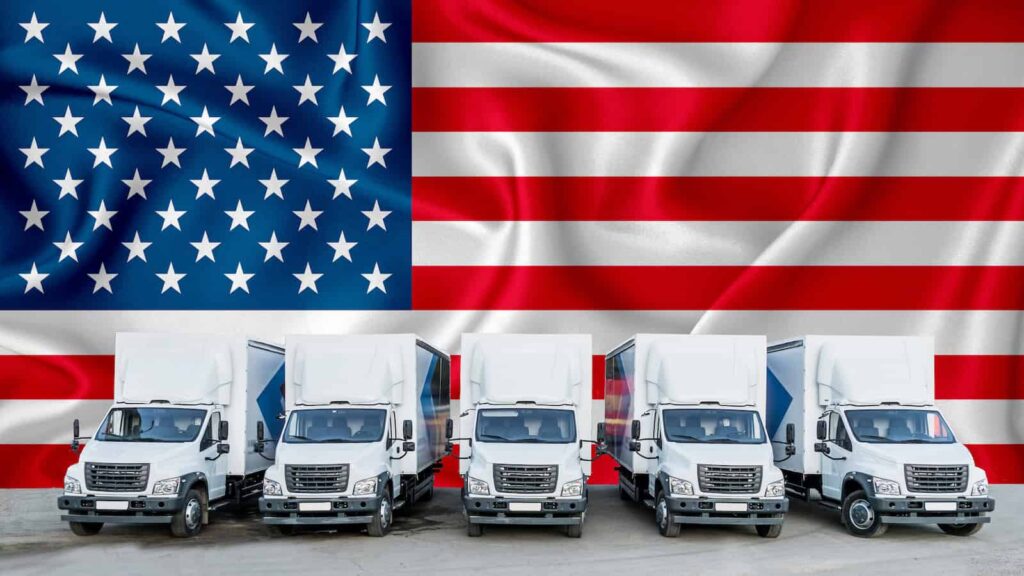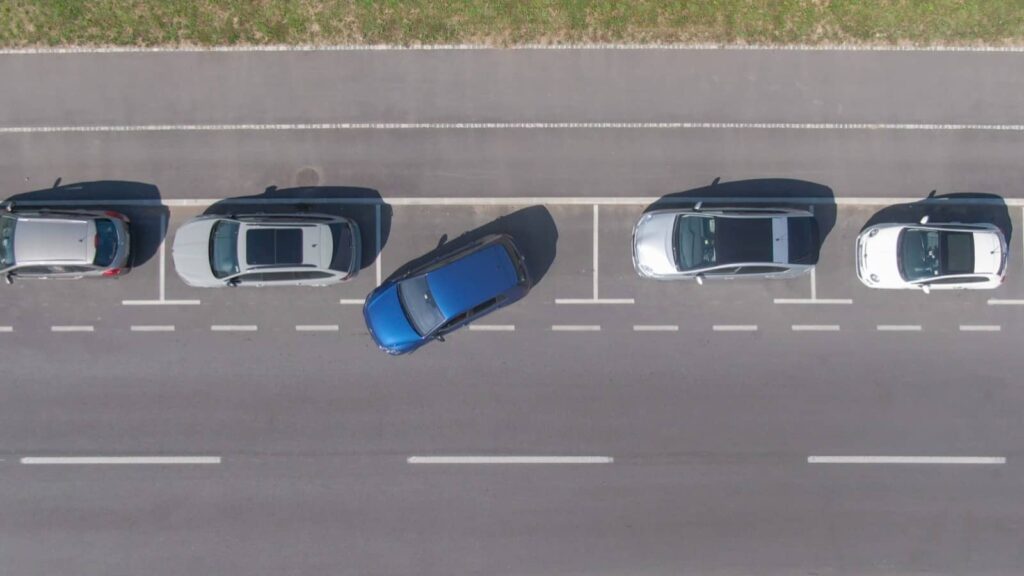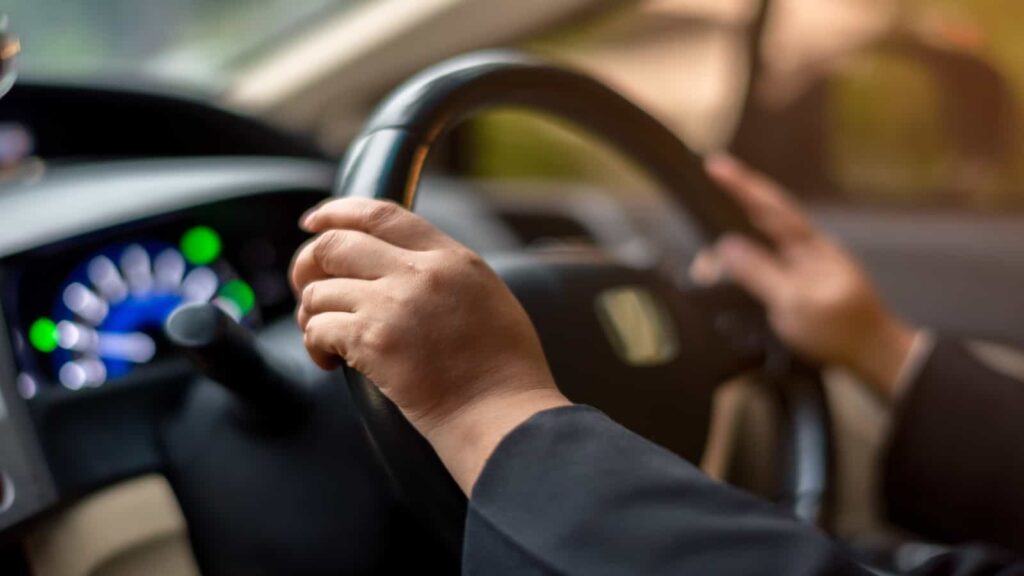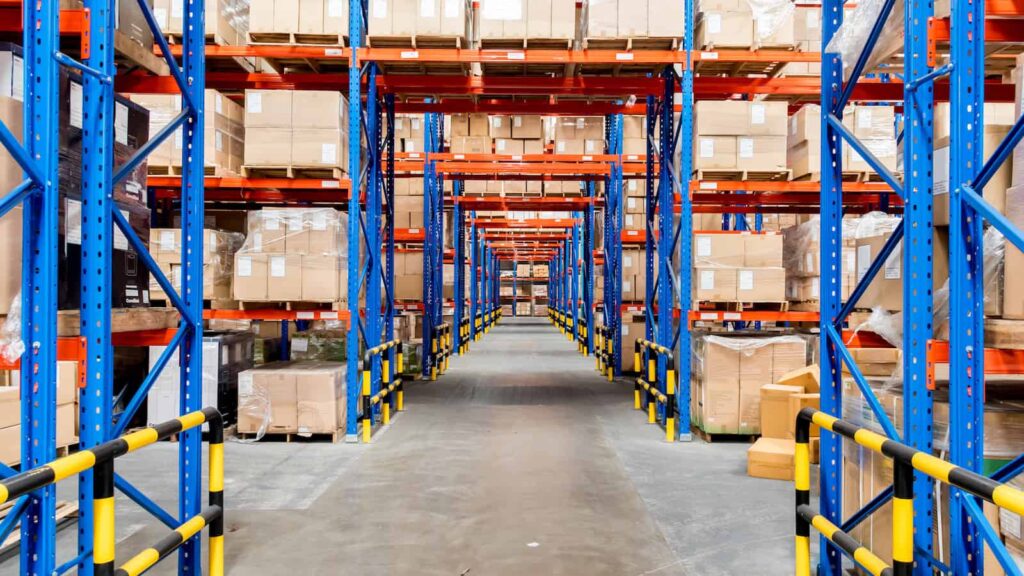10 Things Americans Miss Most When They Move Abroad
10 Things Americans Miss Most When They Move Abroad

Moving to another country is exciting, but after a while, little things from home start to stand out. Everyday things you never thought twice about suddenly feel like a big deal when they’re gone. Simple comforts like unlimited soda refills, quick customer service, and giant parking lots? Yeah, good luck finding those in most places.
Living abroad is an adventure, but sometimes, you just want a Target run and a huge plate of pancakes. Here are 10 things Americans really miss when they leave the U.S.
1. Free Refills on Drinks – One Coke, and That’s All You Get

In the U.S., ordering a soda at a restaurant means endless refills. Your glass barely hits the halfway mark before your server is back with more. It’s such a normal thing that most Americans don’t even think about it—until they move abroad and find out that free refills are not a thing.
In most countries, when you order a Coke, you get exactly one Coke. Want more? That’s another charge. And forget about the giant fountain drink stations at fast food places—many countries don’t have them at all. Instead, you get a small bottle or can, and that’s it.
This can be frustrating, especially if you’re used to sipping on a drink throughout your meal without worrying about the cost. Some places will refill water for free, but even that isn’t guaranteed. It makes you appreciate just how good we have it with bottomless drinks back home.
So, if you’re moving abroad, you might need to get used to drinking slower—or just budget for extra sodas.
2. 24-Hour Stores – Need Something at Midnight? Too Bad.

In the U.S., if you need something at an odd hour, there’s probably a 24-hour store nearby. Whether it’s milk, medicine, or a last-minute snack, there’s always a Walmart, CVS, or gas station open. But in many other countries, that convenience doesn’t exist.
Most grocery stores and pharmacies operate on strict hours, often closing early in the evening. Some places even shut down completely on Sundays. If you forget to stock up on something, you might be out of luck until the next day.
This can be a tough adjustment, especially for night owls or people who are used to running errands on their own schedule. It’s just another reminder that life moves a little differently outside the U.S.
3. Big Parking Lots – Street Parking is a Nightmare in Most Other Countries

Parking in the U.S. is usually easy. Giant lots surround most stores, and even in cities, you can usually find a spot without too much trouble. But in many other countries, parking is a daily headache.
Smaller cities and towns often don’t have massive parking lots, and street parking can be nearly impossible to find. In some places, you’ll see people circling for ages just to grab a tiny space blocks away from their destination. If you’re used to just pulling into a nice, wide parking spot, this can be a frustrating change.
Public transportation is more common in other parts of the world, so fewer people rely on cars. But for Americans who are used to driving everywhere, dealing with tight parking situations (or worse—parallel parking on narrow streets) can be a real struggle.
4. Fast and Friendly Customer Service – No, the Waiter Isn’t Ignoring You—They Just Don’t Hover

In the U.S., restaurant servers check in constantly—refilling drinks, asking if you need anything, and bringing the check quickly. Customer service is fast, efficient, and friendly because tips depend on it.
Elsewhere, things work differently. Waiters don’t hover because dining out is seen as a relaxed experience. If you need something, you have to signal for it. And when you’re done eating? You might have to ask for the check instead of it being brought right away.
It’s not that service is bad; it’s just a different approach. But if you’re used to fast service and instant attention, it can feel like you’re being ignored.
5. Driving Everywhere – Not Every Country is Car-Friendly Like the U.S.

America is built for cars. Wide streets, drive-thrus, and highways make driving the easiest way to get around. But outside the U.S., many places are designed for walking, biking, or public transportation instead.
This can be a big adjustment for Americans who are used to driving everywhere. In some cities, parking is expensive, gas costs a fortune, and navigating the roads can be stressful. Some areas don’t even allow cars at all.
While public transportation can be convenient, it’s not always the same as hopping in your car and going wherever you want, whenever you want.
6. Huge Living Spaces – Apartments Abroad Can Feel Tiny

If you’ve spent most of your life in the U.S., you’re probably used to big houses and spacious apartments. Even in cities, American apartments have decent-sized rooms and plenty of storage.
But in many other countries, living spaces are much smaller. Apartments can feel cramped, with tiny kitchens, compact bedrooms, and barely any closet space. And forget about having a big backyard—that’s a luxury in most places.
This can take some getting used to, especially if you’re moving from a house with lots of space. Downsizing isn’t always easy!
7. Being Able to Buy Literally Everything in One Store – Target Withdrawal is Real

One of the best things about living in the U.S.? Superstores like Target and Walmart. You can grab groceries, clothes, electronics, and home goods all in one trip. It’s convenient, and it saves time.
In most other countries, this kind of shopping experience doesn’t exist. Instead, you might have to visit multiple stores to get everything you need. Grocery stores sell groceries, pharmacies sell medicine, and home goods stores sell furniture.
It’s not the end of the world, but it does make errands take longer. And yes, missing Target is a real thing.
8. Fast Food That’s Actually Fast – In Some Countries, “Fast Food” Still Takes 15+ Minutes

Fast food in the U.S. is exactly that—fast. You order, and within minutes, your meal is ready. Drive-thrus are built for speed, and even inside, the wait is usually short.
Elsewhere, even fast food can take longer. In some countries, McDonald’s might take 15 minutes or more to get your food. Drive-thrus are less common, and service just isn’t as quick.
It might not seem like a big deal, but when you’re used to grabbing a quick bite and moving on, slower service can be annoying.
9. Big Portions of Everything – Meals Can Feel Small Compared to the U.S.

American portions are huge. At restaurants, you often get enough food for two meals, and many places offer free bread or chips before the meal even starts.
In other countries, portions tend to be smaller. A meal that feels normal to locals might leave an American still feeling hungry. Refills, extra sides, and huge plates of food aren’t standard everywhere.
If you’re used to big meals, adjusting to smaller portions can take some time.
10. American Breakfasts – Pancakes, Bacon, Eggs, and Hash Browns? Good Luck Finding That Abroad

A classic American breakfast is a thing of beauty—pancakes, bacon, scrambled eggs, hash browns, maybe even biscuits and gravy. It’s filling, delicious, and easy to find in the U.S.
But outside of America, breakfast looks very different. Many countries go for lighter options like pastries, toast, or cold cuts. A big, greasy diner-style breakfast can be surprisingly hard to find.
If you’re living abroad and craving an IHOP-style meal, you might have to make it yourself.
We are Mary and Eric, the founders of Be Right Back, a blog dedicated to romance around the globe and at home.
We are Mary and Eric, the founders of Be Right Back, a blog dedicated to romance around the globe and at home. With over 10 years of experience in dating and traveling to romantic places, we share our favorite date ideas and romantic destinations to help couples level up their relationships. Having lived in and traveled through the USA, we also share our favourite things to do in the States.
With 70,000 monthly readers and 16,000 followers on social media, Be Right Back is your go-to resource for romantic trip ideas and couple activities at home and abroad.
